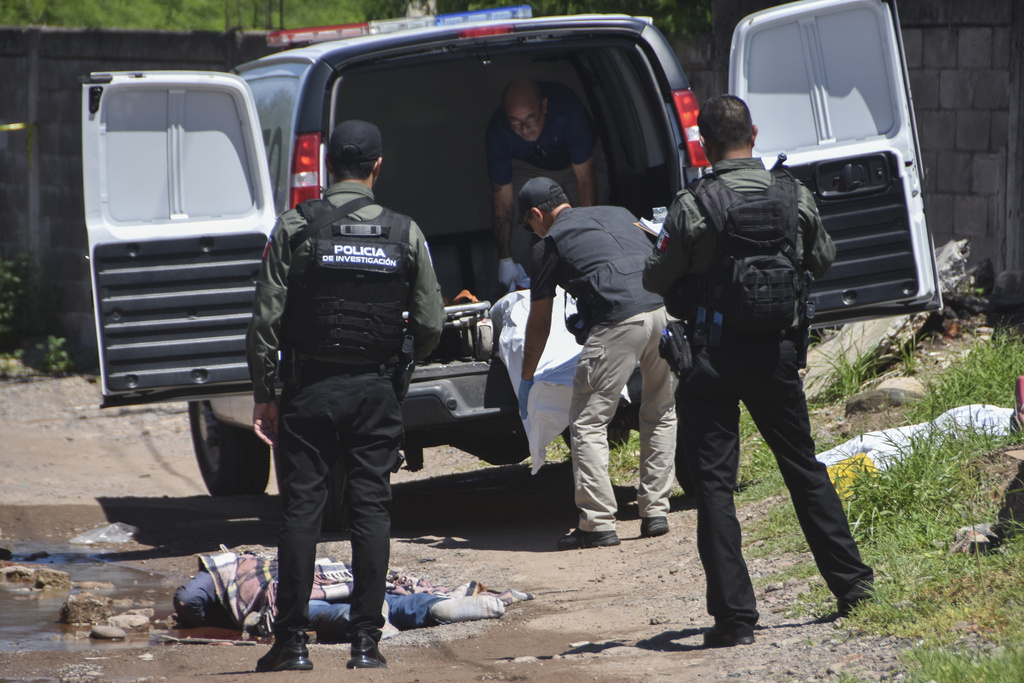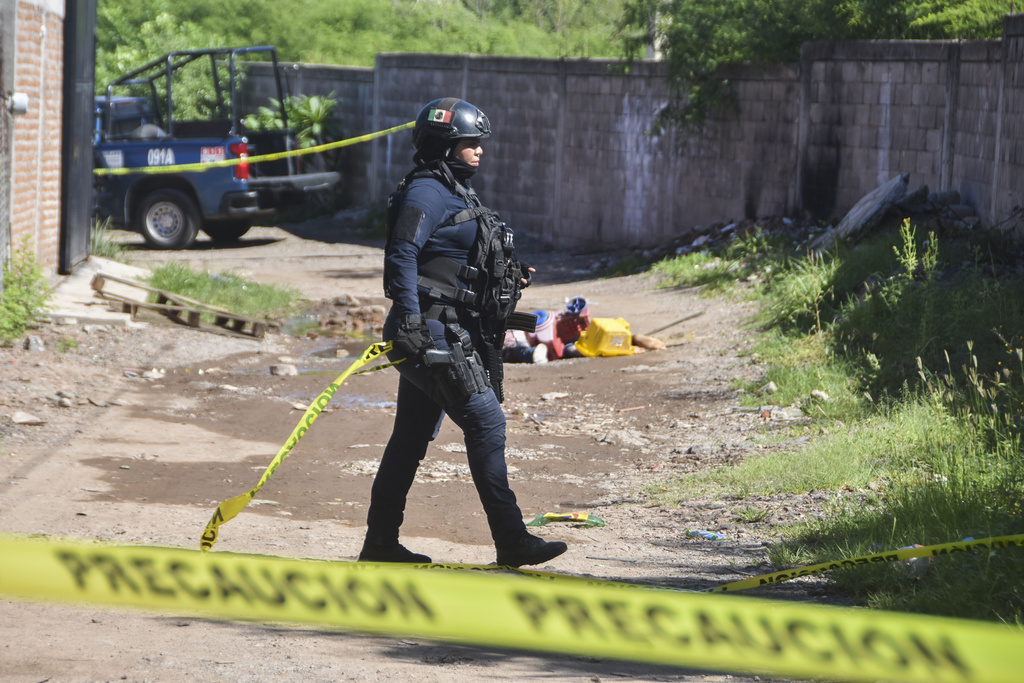Sinaloa Cartel Factions Clash, Leaving 30 Dead in Mexico’s North \ Newslooks \ Washington DC \ Mary Sidiqi \ Evening Edition \ At least 30 people, including two military personnel, have been killed in ongoing cartel violence in Mexico’s northern state of Sinaloa, as factions of the powerful Sinaloa cartel clash for control. The violence erupted following the abduction of cartel leader Ismael “El Mayo” Zambada by Joaquín Guzmán López, son of Joaquín “El Chapo” Guzmán. Thousands of security forces have been deployed, but the region remains tense.

Sinaloa Cartel Clashes: Quick Looks
- At least 30 people have died in violent clashes between Sinaloa cartel factions since September 9.
- Two military personnel were among the victims in Culiacan, Sinaloa’s capital.
- The violence stems from a power struggle between El Chapo’s sons (“the Chapitos”) and Zambada’s loyalists.
- Over 2,000 security personnel have been deployed to the region, with more reinforcements possible.
- Schools and businesses have closed, and residents are avoiding public spaces amid fears of shootouts.
- Sinaloa’s governor suspended Mexican Independence Day festivities due to escalating violence.
- Outgoing President López Obrador has reiterated his “hugs not bullets” approach, which seeks to avoid direct cartel confrontations.
- President-elect Claudia Sheinbaum plans to continue this controversial security strategy.
Deep Look:
At least 30 people have been killed in the past two weeks in Mexico’s northern state of Sinaloa as internal fighting between factions of the Sinaloa cartel continues to escalate. Among the dead are two military personnel, according to Mexico’s Defense Secretary Luis Cresencio Sandoval. The violent clashes began on September 9, despite the deployment of more than 2,000 security forces in an effort to restore order in the cartel-controlled region.
The surge in violence was largely anticipated after Joaquín Guzmán López, son of the infamous former cartel leader Joaquín “El Chapo” Guzmán, arrived near El Paso, Texas, on July 25 aboard a small plane, accompanied by cartel elder Ismael “El Mayo” Zambada. Zambada, the reclusive leader of the cartel, later claimed through a letter from his lawyer that he had been abducted by Guzmán López and taken to the United States against his will.
This abduction appears to have triggered a violent power struggle between Zambada’s loyalists and El Chapo’s sons, known locally as “the Chapitos,” who have sought to expand their influence. The internal dispute has left Culiacan, Sinaloa’s capital, in a state of near paralysis. Businesses have shut their doors, schools are empty, and residents are staying off the streets, fearing they may get caught in the crossfire.
The latest wave of violence is part of a broader trend of cartel-related conflict that has plagued Mexico for years. Cartels in the country have become increasingly adept at warfare, employing sophisticated tactics including roadside bombs, armored vehicles, trenches, and drones capable of dropping explosives. These violent confrontations are not isolated incidents but part of a larger ongoing battle for control in one of Mexico’s most cartel-dominated regions.
In response to the latest outbreak of violence, Mexican authorities have mobilized a considerable security force. Around 2,200 military personnel and members of the National Guard have been sent to Sinaloa to try to contain the situation. However, the fighting between rival factions continues to claim lives, and military officials acknowledge that they cannot prevent the violence entirely. “The possibility of calming down does not depend on us,” said regional army commander Jesús Leana Ojeda. “It depends on the antagonistic groups to stop confronting each other.”
Governor Rubén Rocha of Sinaloa was forced to suspend schools and call off Independence Day celebrations over the past weekend due to safety concerns, although classes resumed on Tuesday. Authorities have also deployed military helicopters to patrol the region, attempting to deter further violence.
Mexico’s outgoing president, Andrés Manuel López Obrador, has long advocated for a “hugs not bullets” policy, which aims to avoid direct confrontation with cartel groups. His strategy focuses on providing job training programs to reduce cartel recruitment, particularly among young people. Despite the ongoing violence, López Obrador reaffirmed that the Armed Forces are working to protect civilians and maintain order. However, his administration’s softer stance on cartel violence has caused friction with the United States, which has urged Mexico to adopt more aggressive measures against organized crime.
President-elect Claudia Sheinbaum, who will succeed López Obrador, has pledged to continue his security strategy, despite its controversies. Critics argue that the policy has not effectively curbed cartel violence and has left many regions vulnerable to criminal activity.
The Sinaloa cartel, once led by El Chapo, remains one of the most powerful and dangerous criminal organizations in Mexico. Even after El Chapo’s extradition and imprisonment in the United States, the cartel has splintered into competing factions, with the Chapitos—his sons—vying for dominance. The current wave of violence demonstrates the ongoing struggle for power within the organization, as well as the Mexican government’s challenges in containing the widespread violence fueled by these rivalries.
As the violence rages on in Sinaloa, the region’s residents continue to live in fear. The suspension of everyday activities and the closure of schools and businesses have become common in cartel-controlled territories, where civilians are often caught in the crossfire. While Mexican authorities work to manage the situation, the question remains whether the current security strategies will be enough to bring peace to the region.







